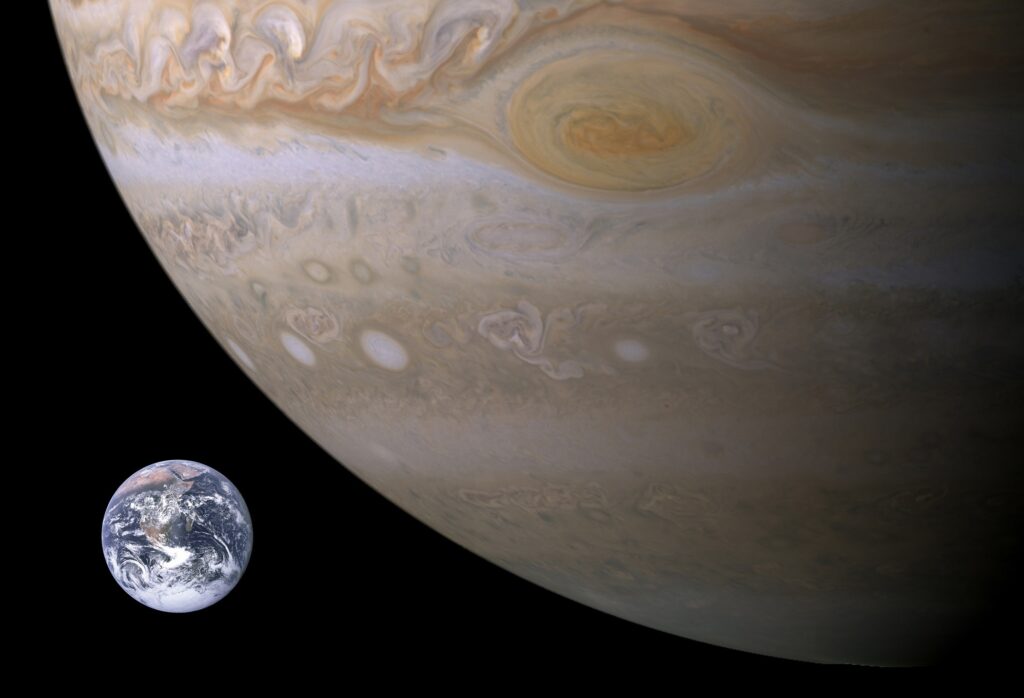Scientists have created a catalog of planetary systems where a gas giant is located near an Earth-like world. It is believed that such a neighborhood is critically important for shaping the conditions in which life can arise.

Gas giants and the origin of life
A team of scientists working on the Kepler Giant Planet Search project has recently made an important step in the search for extraterrestrial life. They have created the first catalog of star systems that have a large Jupiter-like gas giant next to an Earth-like planet.
This combination is typical of the solar system, and scientists believe it is very important for the emergence of conditions in which life can develop potentially leading to emergence of intelligence. At the initial stage of the solar system’s development, the gravity of the giant planet helped scattered rock fragments to form the world on whose surface humanity later emerged. In addition, some of the asteroids it sent toward us at the time may have been icy and contained organic matter.
Scientists already know that such combinations are found near other stars. But their number has not yet been estimated. However, a team working at the W. M. Keck Observatory in Hawaii was able to do so and create the first catalog of such systems.
“Exoplanets” and “exo-terrestrials”
In general, despite the fact that planets like Jupiter are very large, it is extremely difficult for Earth-based telescopes to see them when they are far from their own star. The most popular transit method today does not give reliable results.
This is not surprising, given that it observes the planet when it passes between us and the luminary. And in the case of something like Jupiter, this happens once every ten years. Luckily, scientists from the Kepler Giant Planet Search project used radial velocity measurements.
This method is based on the fact that when something massive orbits a star, it swings towards us or in the opposite direction. In accordance with the Doppler effect, its radiation shifts either to the blue or to the red side, and it can be used to determine the mass of the invisible planet and the period of its rotation.
In total, 63 sun-like stars were detected in this way, around which 157 Earth-like planets orbit. Although in reality we are talking about a range from the size of Mars to Neptune. In addition, scientists have found gas giants at some distance from such stars. 13 of them were the size of Jupiter, 8 were slightly larger than Neptune. In three more cases, small companion stars were observed.
This provides some statistics on how often systems similar to the Solar System are found in the Universe. It turned out that being pretty rare, they are far from being an exception. Scientists hope to continue studying them.
Based on the materials: www.space.com

